The blue hour ends, this world
floats on a great stillness.
I only guess where marsh
finishes and sky begins,
each grows out of the other.
In the creek a slip
of water gleams. Rowboats
bob and swing above the mud,
the barnacled and broken
ribs of Old Stoker’s boat.
[From ‘Dusk, Burnham-Overy-Staithe’, in The Mountains of Norfolk by Kevin Crossley-Holland (London: Enitharmon Press, 2011)]
I well remember the first time I visited North Norfolk. It was in the mid-90s and I strongly recall being struck by the bleak beauty of the place, the huge skies and a breathtaking, vast emptiness. And in those days, the place was pretty empty, especially in winter when I first went. Devoid of visitors, except birdwatchers like me, the door was still open to tourists. Yet few came because there were no ‘bright lights’ (if you discount the spectacular Christmas decorations outside Norfolk residences – the first place I encountered such a phenomenon) nor obvious attractions.
When I took my parents here for the first time, my late father said “the countryside is beautiful, but there is so little to do here”. If you weren’t into birding or walking, the rejoinder to that was ‘just be’. I think that’s the answer I gave him but he wasn’t satisfied. And he had a point. The great stately homes of Oxborough, Houghton, Holkham, Felbrigg and Blickling were only open in the summer and tarrying at the glorious sandy beaches was only advisable in that season. There were plenty of pubs (selling limited food, though), but there were very few restaurants of note, and the much-touted attraction of the Norfolk Lavender Farm was a shadow of its current form. And vineyards? In this part of Norfolk? You must be joking!
It cannot escape the notice of even the most unobservant that vines are now springing up all over the U.K. and North Norfolk is no exception. One of the latest newcomers to the vinous scene is Burn Valley in North Creake. Five miles from the north coast (and the same distance to the Burnham Overy Staithe referenced in the poem above), North Creake is noted for the ruined abbey and its gothic church, as well as some attractive sixteenth-century farmhouses. Situated just outside the village, this new vineyard and winery is on former farmland belonging to the father of the two sisters who run and own the operation. Laura and Samantha Robinson are both very hands-on, taking part in all areas of viticulture and viniculture. Laura is full-time in the vineyard, whereas Sam helps when time allows (she is Client Services Manager in a local holiday property business). They also employ two winemakers, Chris Hatto and Matt Abbey.
When I arrived to interview Laura and Sam, they had just finished picking the last of the grapes and were supervising the delivery of their haul to the winery (installed in 2019). I asked Laura why they were picking in early November. She said there were two reasons: they had a lot to pick this year, and the weather has been good in the past few weeks so they were waiting for the moment of optimum ripeness. The only other time that they had picked in November was in 2018 (their first harvest), mainly because the vines had not had time to mature at that stage. October’s largely fine weather has saved the crop, as in September the Chardonnay in particular were, in Laura’s words, “like bullets”. Apart from the Chardonnay, though, every other variety has been double the yield compared to the previous year. They anticipate making over 20,000 bottles for the 2021 vintage compared to 14,000 in 2020. Laura attributes this increase to another year of maturity and a shift from single guyot to double guyot. Also none of the vines were affected by frost this year owing to the vineyard’s position close to the coast, and also because the frost that did come down was too early to affect slowly growing vines. At any rate, having nine different varieties, each with their different growing cycles, provides a buffer against widespread damage from frost.
The twelve-hectare site is ideal, with south-facing slopes and soils that are a mixture of flint and chalk (a seam of which runs from Hunstanton beach 12 miles to the west). The fields they chose for the vineyard had not yielded anything meaningful in terms of conventional agriculture. But the soils are ideal for viticulture because of their free-draining nature. It’s a windy site but this is mitigated by the planting of three windbreaks amongst the vines. There are currently 17,000 vines on site but Laura has ordered 10,000 more (Bacchus, Solaris and Pinot Précoce) both because they can afford to expand and also to cover the possible grubbing up of the Chardonnay.
Selling their wine hasn’t proved difficult at all. Indeed, they have pretty much sold out of all their 2020 stock at the vineyard, with just a few sundry bottles left in the various farm shops and delis with whom they have an arrangement. Since their first harvest in 2018 they have, at various times, produced 13 different wines: a classic cuvée sparkling, a sparkling rosé, five different varietal still whites, a still white blend, a rosé made from Pinot Noir, two varietal reds, and a red blend. On top of this, they produce wines for three local vineyards (Congham, Cobble Hill and Wyken). There is clearly no danger of spreading themselves too thinly, however; every wine of theirs I’ve tasted has been top class.
It was their Solaris 2020 that first alerted me to the tremendous winemaking talent at Burn Valley. It is rich and exotic, partly due to maturation in Hungarian oak barrels (Laura picked them up after looking for cheaper alternatives to French oak and she swears by them) and also to the ability of this Riesling cross variety to achieve remarkable ripeness in our climate. I noticed distinct aromas of banana, butter and white pepper on this wine, with notes on the palate of very ripe peaches, pineapple and an intriguing ice cream soda flavour.
The next wine I tried was their Bacchus 2020. This is unoaked but left longer to ripen than is conventional with this variety. I found this to be a fascinating combination of the old and the new style: there were aromas of grass and garden herbs as well as a note of Amaretti biscuit. On the palate this wine had flavours of elderflower, gooseberry, guava and pineapple.
I bought a bottle of their Pinot Blanc Reserve 2020 (the grapes were sourced from Nutbourne, West Sussex), and they kindly gifted me a bottle each of the 2020 Rosé and Classic NV sparkling. Laura is, like me, a real fan of Pinot Blanc. The Reserve shows the promise of this variety when grown in the English climate, as demonstrated by such vineyards as Stopham and Bsixtwelve. After aromas of pear and vanilla, there are strikingly ripe flavours of cream, spice, lime and almonds.
The Rosé is a still wine made from Pinot Noir (as opposed to Pinot Noir Précoce which is also grown at Burn Valley). It is a blend of wine aged in neutral oak and stainless steel, giving it, says Laura, “a slight creaminess” which they’ll endeavour to repeat where possible in the future. It’s all dependent on vintage and fruit ripeness. This year their Rosé is likely to be made from Regent as well as Pinot Noir. The 2020 is remarkably fresh and opulent. With a very fragrant nose of roses, sea air and raspberry fruit pastilles, there is a hint of sweetness to the fruit (predominantly red cherry and cranberry) and I found plenty of luxurious cream and spice.
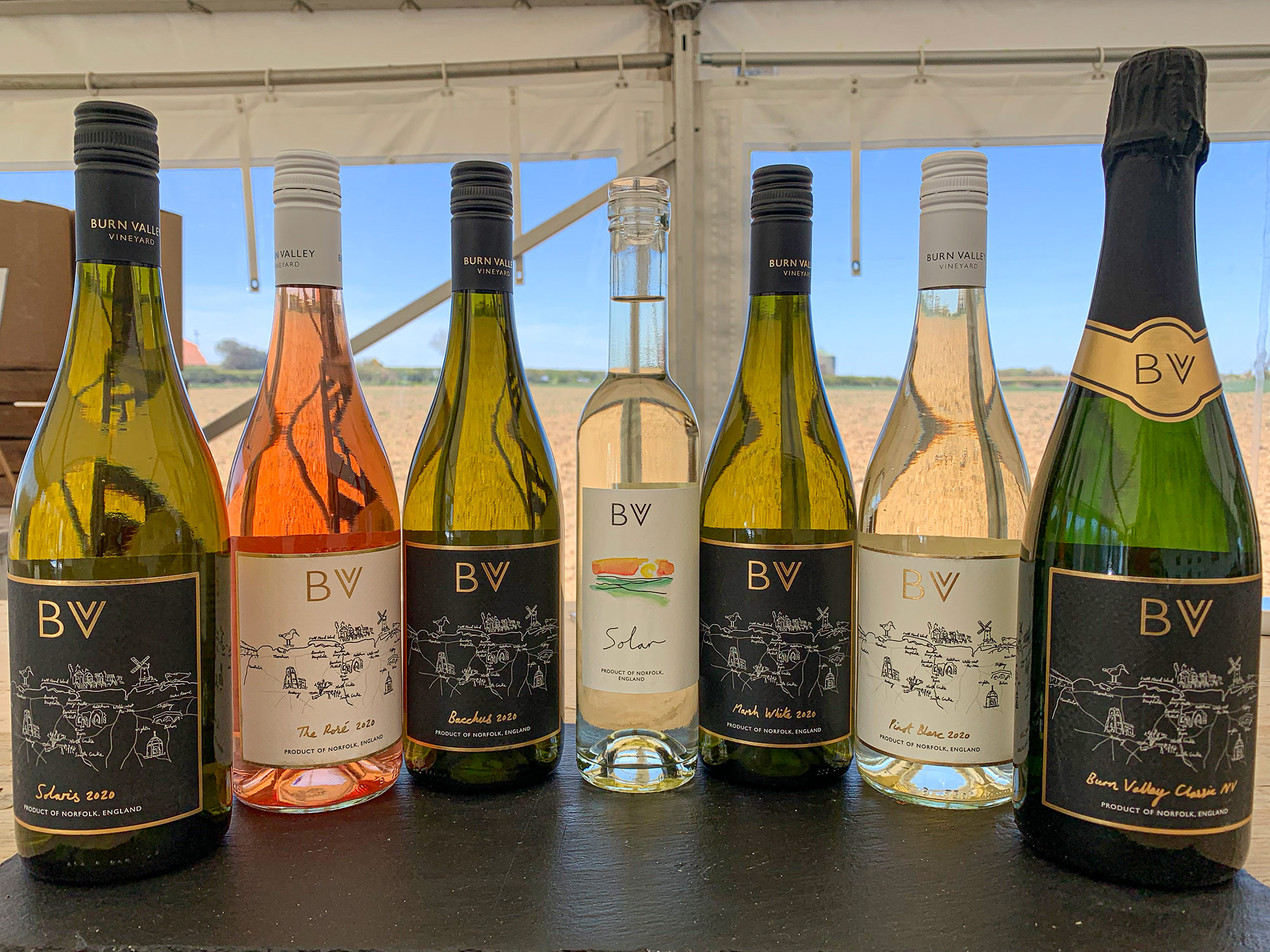
The NV Cuvée is made from their first harvest in 2018. Chardonnay and Pinot Noir fruit spent only 12 months on the lees. Consequently this sparkling is not, in Laura’s words, “in your face”. It’s a very easy-drinking, light but classy sparkling wine which has proved to be very popular.
These multi-award winners now have their hands full making wine from their bumper 2021 harvest, but they can ease off a little now that the summer is over. Between April and September they run tasting lunches and food and wine pairing evenings, so these are on the back burner for now. But they will be focussed over the next few months on producing the next lines to sell in order to replenish their low current stock. I hope that when the ‘blue hour ends’ they can put their feet up and enjoy the fruits of their labour.

All photos with thanks to Burn Valley Vineyard

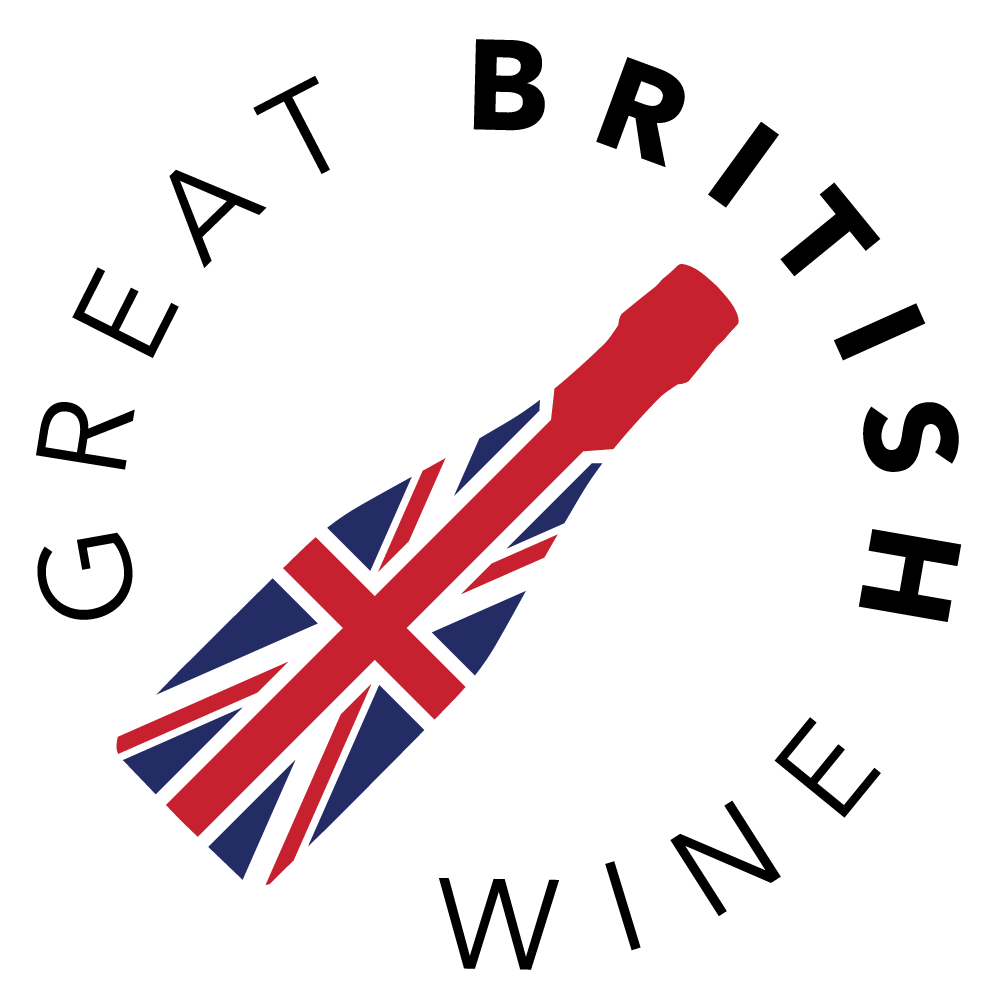
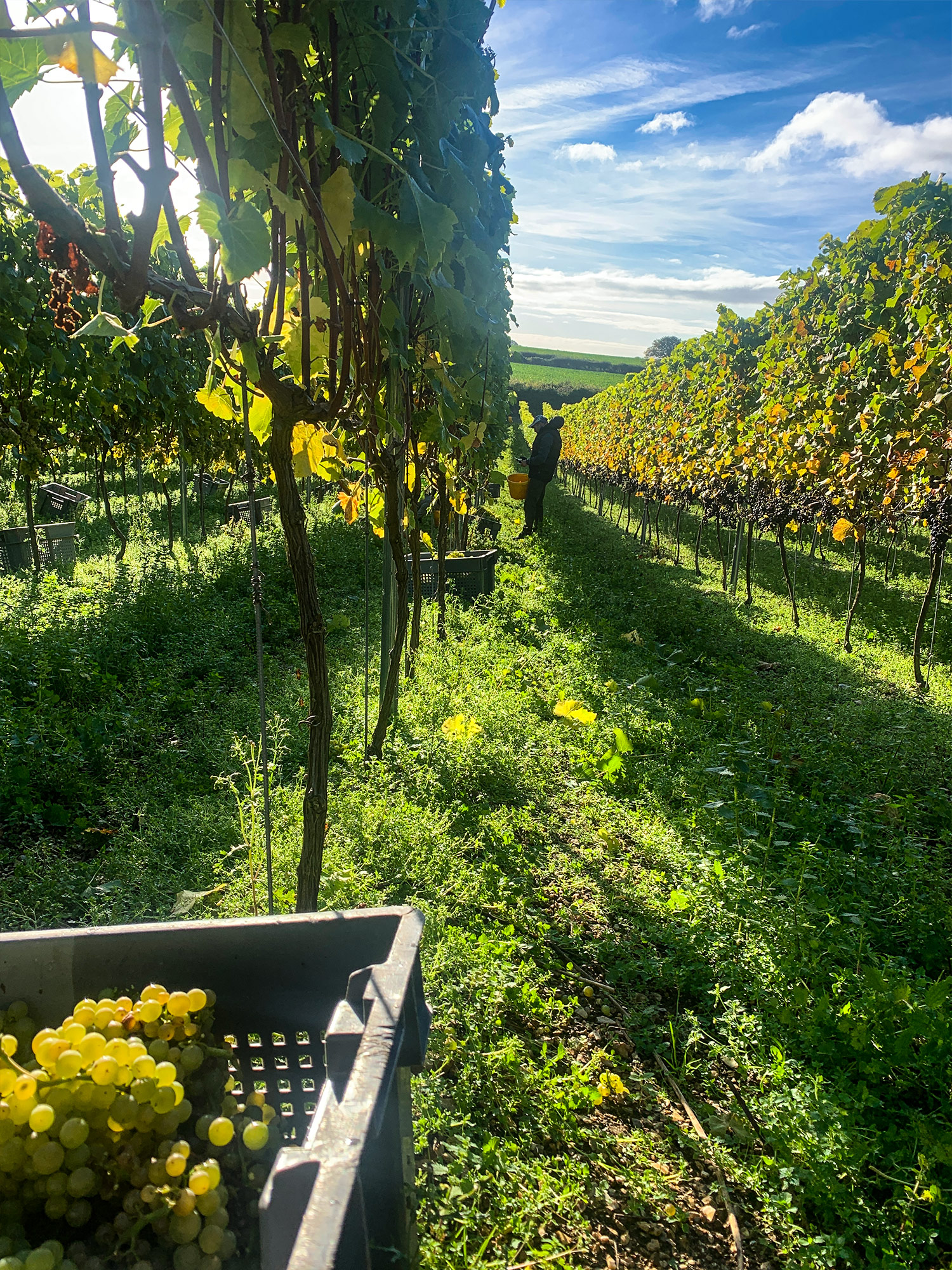
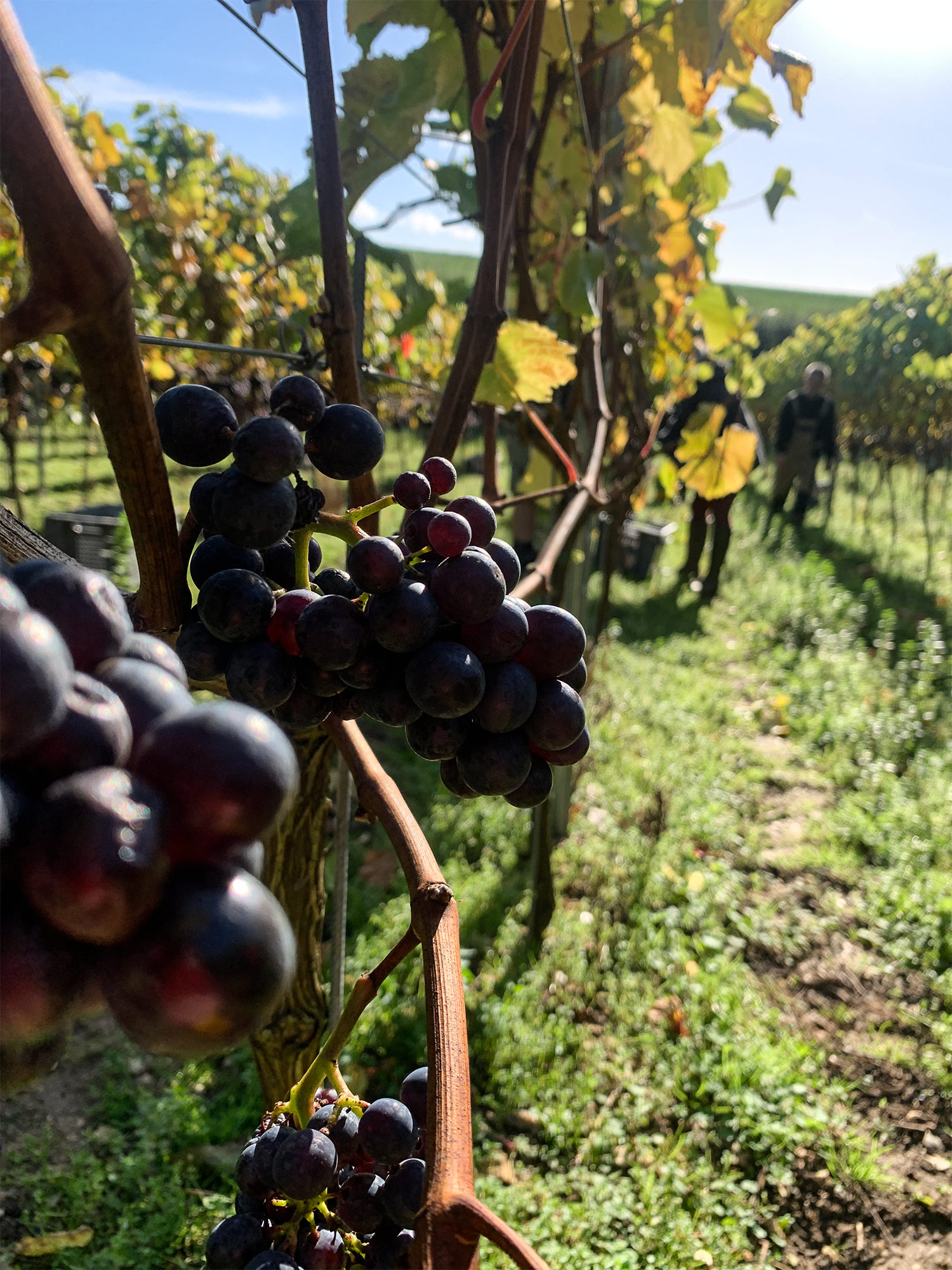
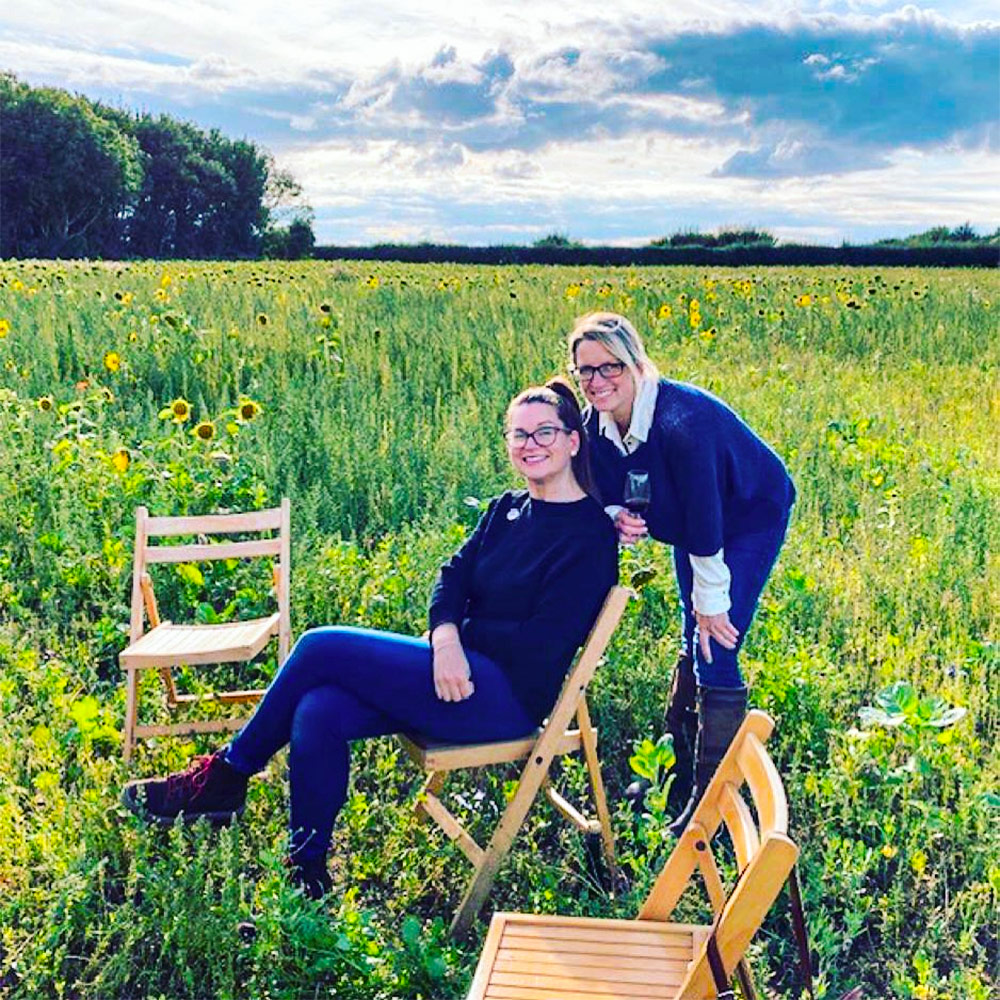
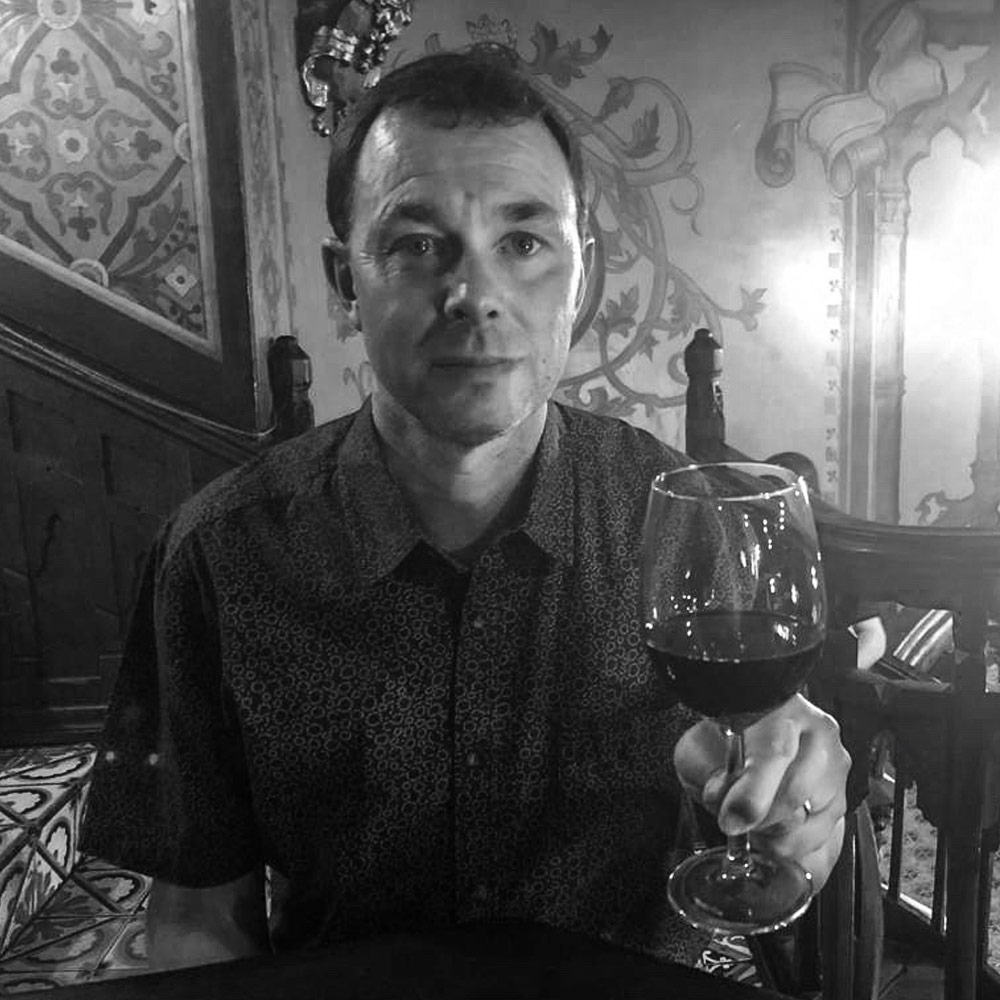
Pingback: Latest Wine Headlines: February 6—11 - Briscoe Bites